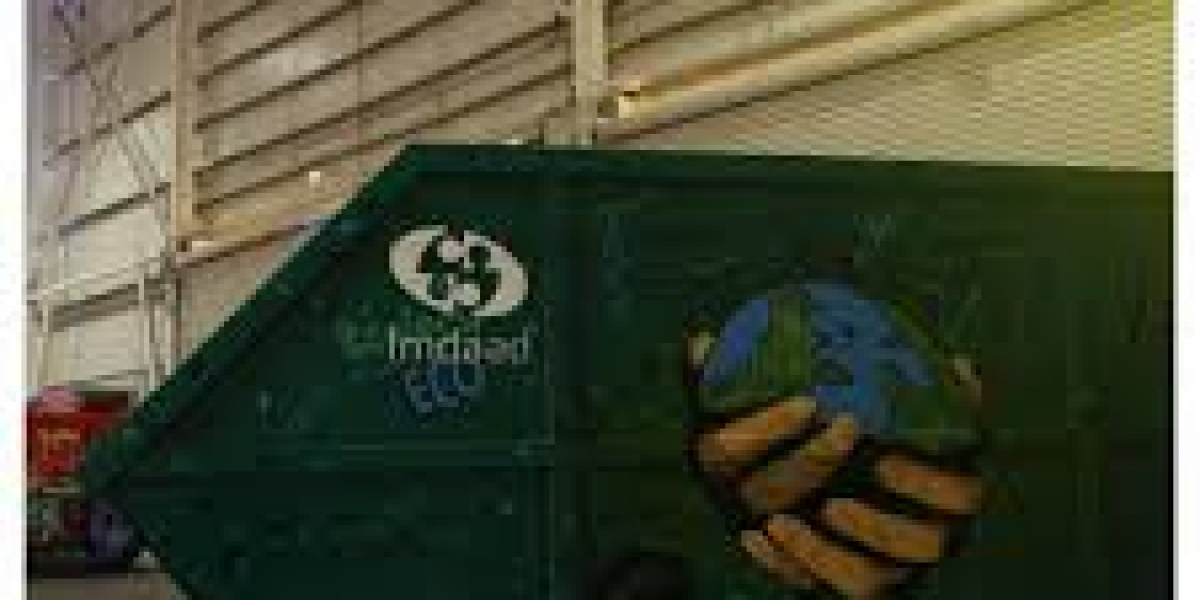As global awareness of environmental issues increases, the need for effective waste management practices has become paramount. One of the most impactful methods for achieving sustainable waste management is through Materials Recovery Facilities (MRFs). These facilities play a crucial role in recycling operations, transforming waste materials into valuable resources while minimizing environmental impact. This article explores why MRF recycling is essential for sustainable waste management, highlighting its processes, benefits, challenges, and future prospects.
Understanding Materials Recovery Facilities (MRFs)
Materials Recovery Facilities are specialized facilities designed to process and recycle materials collected from various waste streams. MRFs are integral to modern waste management systems, enabling the separation, sorting, and recycling of materials such as paper, plastics, metals, and glass.
How MRFs Operate
The operational workflow of MRFs involves several key steps:
Collection: Recyclable materials are collected from residential, commercial, and industrial sources. This can occur through curbside pickup, drop-off centers, or dedicated recycling events.
Sorting: Upon arrival at the facility, materials undergo a sorting process. This includes both manual and automated methods to separate recyclable materials from contaminants and non-recyclables.
Processing: After sorting, the recyclable materials are processed for reuse. This may involve cleaning, shredding, and baling, depending on the type of material being processed.
Distribution: The processed materials are sold to manufacturers, who use them to create new products, effectively closing the recycling loop.
The Role of MRF Recycling in Sustainable Waste Management
1. Reducing Landfill Waste
One of the most significant benefits of MRF recycling is its ability to divert waste from landfills. With increasing urbanization and waste generation, landfills are reaching capacity and pose numerous environmental hazards, such as groundwater contamination and greenhouse gas emissions. MRFs play a critical role in minimizing the volume of waste sent to landfills, thereby prolonging their lifespan and reducing environmental impacts.
2. Resource Conservation
MRFs contribute to resource conservation by recovering valuable materials that can be reused in manufacturing processes. Recycling materials such as metals, plastics, and paper reduces the need for virgin resources, preserving natural ecosystems and minimizing the ecological footprint associated with resource extraction. This conservation helps mitigate the depletion of finite resources and promotes a circular economy where materials are continuously reused.
3. Economic Benefits
The economic advantages of MRF recycling extend beyond environmental sustainability. By creating a market for recycled materials, MRFs stimulate local economies and create jobs in recycling and waste management sectors. Employment opportunities arise in various areas, including sorting, processing, transportation, and logistics. Furthermore, recycling can lower the costs associated with waste disposal, benefiting both local governments and taxpayers.
4. Environmental Protection
MRF recycling plays a vital role in protecting the environment by reducing pollution and greenhouse gas emissions. Recycling generally requires less energy than producing new products from raw materials, resulting in lower emissions. Moreover, by diverting materials from landfills, MRFs help prevent soil and water contamination, promoting healthier ecosystems.
5. Community Engagement and Education
Effective MRF recycling initiatives often include community engagement and education programs. These efforts raise awareness about the importance of recycling and proper waste management practices. Educational initiatives can empower residents to participate actively in recycling efforts, leading to increased recycling rates and a culture of sustainability within the community.
Challenges Facing MRF Recycling
While MRF recycling is essential for sustainable waste management, it faces several challenges that can impact its effectiveness:
1. Contamination Issues
One of the most significant challenges MRFs encounter is contamination in the recycling stream. Non-recyclable materials mixed with recyclables can lower the quality of recovered materials and increase processing costs. Public education on proper recycling practices is crucial to reduce contamination and ensure the effectiveness of MRF operations.
2. Market Volatility
The market for recycled materials can be volatile, with fluctuating demand affecting the financial viability of MRFs. When demand for recycled materials decreases, MRFs may struggle to find buyers for their products, impacting their operations and sustainability.
3. Technological Adaptation
As recycling technologies continue to evolve, MRFs must invest in upgrading their equipment and processes to remain competitive. While advancements can improve efficiency and effectiveness, they often require substantial financial investment, posing challenges for some facilities.
The Future of MRF Recycling
The future of MRF recycling is promising, with several trends shaping its development:
1. Increased Automation
Advancements in technology are leading to greater automation in MRF operations. Automated sorting systems, using artificial intelligence and machine learning, can enhance the efficiency and accuracy of sorting processes, reducing contamination and labor costs.
2. Enhanced Public Awareness
As public awareness of environmental issues grows, there is an increasing demand for sustainable waste management solutions. Communities are becoming more proactive in promoting recycling initiatives, and MRFs will need to adapt to meet these expectations.
3. Policy Support
Government policies and regulations are increasingly supporting recycling efforts. Legislation promoting recycling mandates and extended producer responsibility can provide the necessary framework for MRFs to thrive and contribute to sustainable waste management.
Conclusion
Mrf recyling is essential for achieving sustainable waste management goals in an increasingly resource-constrained world. By diverting waste from landfills, conserving resources, promoting economic growth, and protecting the environment, MRFs play a critical role in creating a more sustainable future. While challenges such as contamination, market volatility, and technological adaptation exist, the potential for innovation and community engagement can drive MRF recycling toward greater effectiveness and success.
As individuals, businesses, and governments increasingly recognize the importance of sustainable waste management, investing in MRF recycling practices will be key to building resilient communities and preserving the planet for future generations. By embracing the principles of recycling, we can create a circular economy that benefits society, the economy, and the environment.









